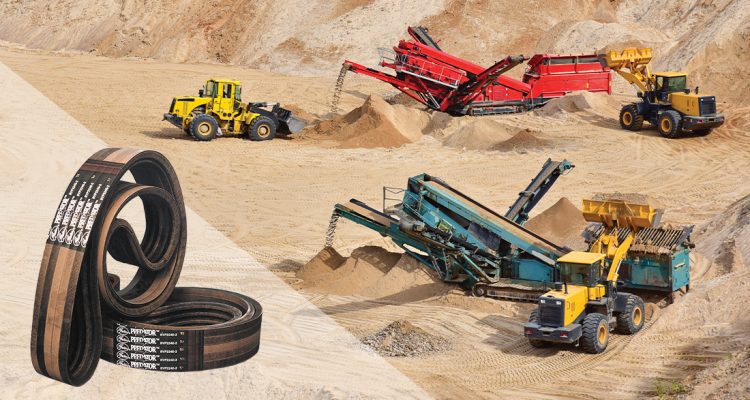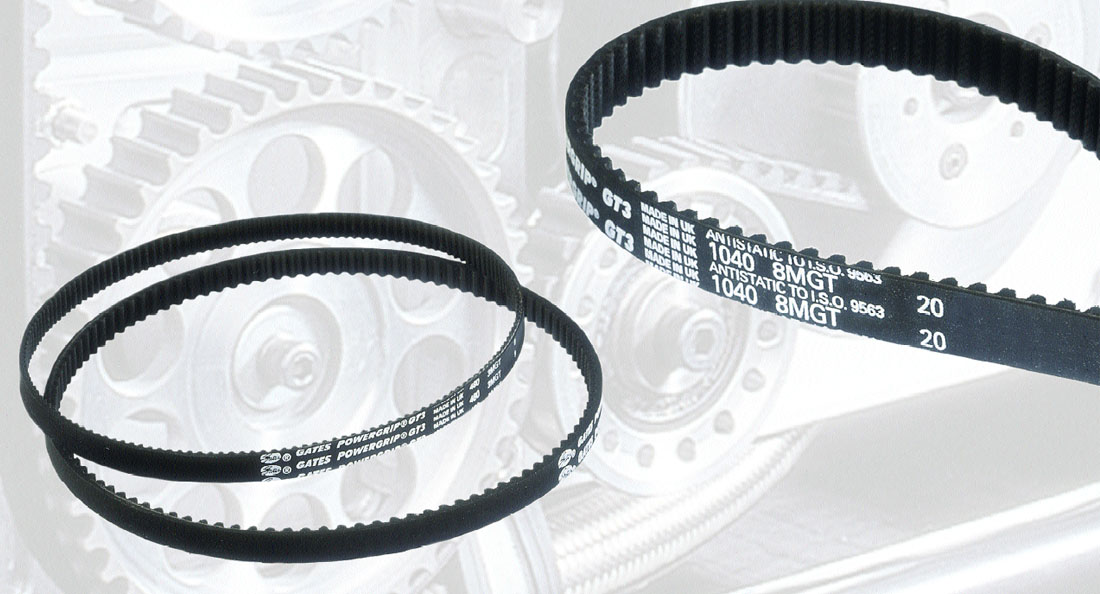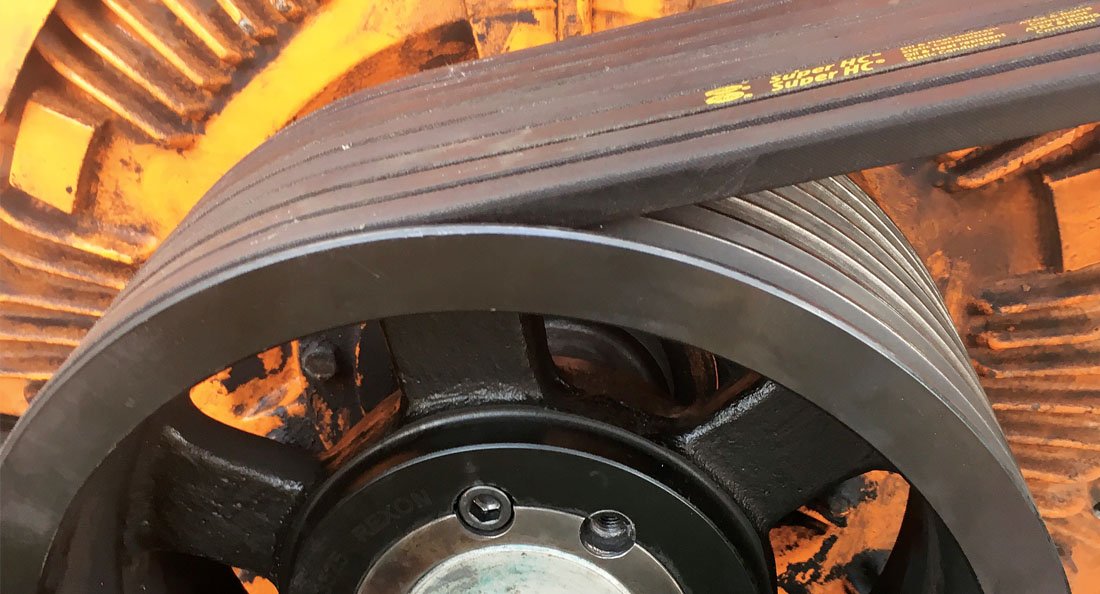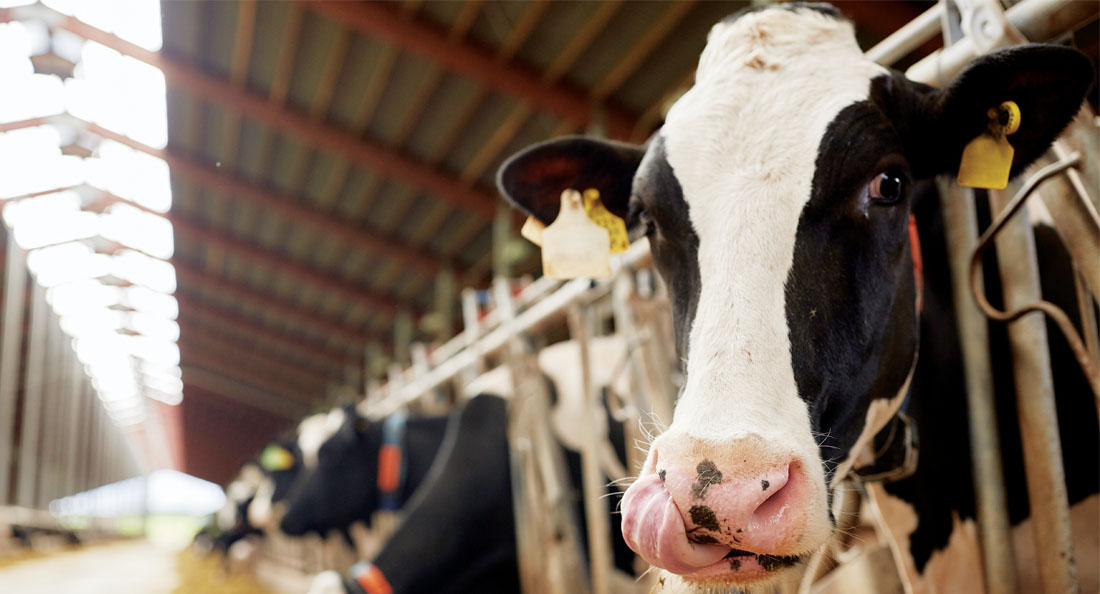In many ways, crushers are the heartbeat of a quarrying site, working constantly to break down large pieces of raw material while contending with high vibration, dust and other contaminants. On a recent site visit to a quarrying and materials recycling plant in Melbourne’s west, Motion Australia successfully carried out a drive belt upgrade that has led to significant cost and downtime savings.
The customer’s primary cone crusher was running off a 250KW electric motor and experiencing rapid changeover requirements due to an accelerated wear life on the belt assembly. According to Rob Michelson, National Product Manager for Belts at Motion Australia, the standard V-belts were not capable of meeting the site’s high volume production rate.
“The customer was only getting two to six weeks life out of their previous belts, so they called us in to organise a solution,” he recounts. “Our power transmission specialists looked over the crusher and identified where there was cracking due to heat, as well as some marking that indicated excessive slippage.”
“We suggested the Gates® Predator® V-Belts as the best solution going forward,” he continues. “They’ve been running on there for about three months now and in down time alone this change-out has saved them around $90,000. They’re extremely happy with the outcome, as are we.”
Rob suggests that realistically, if belts are requiring replacement more than once a year, a drive analysis is required to assess where improvements can be made.
“The added benefit of this customer’s upgrade is that they were able to go from using ten belts down to six,” he points out. “This has helped provide better overhung load and increase the drive’s bearing life. It’s a bit more compact and creates a much more robust unit.”
Achieving the right amount of tension on any belt application is critical. Too loose, and it will likely experience excess heat or premature wear. Setting them too tightly, however, will result in added strain on the shaft and bearing components.
Rosynes Hernandez, Product Manager for Power Transmission at Gates® Australia, says that while standard belts usually feature polyester tensile cords, the Predator’s aramid alternative offers a maintenance-free solution that won’t require constant re-tensioning.
“The Predator’s aramid core is the strongest available in V-belt construction,” she says. “It’s what pulls and holds the tension to transmit high rates of power. The grip on the pulley is seriously firm, and the curved sidewall ensures a clean, even wear across the width. They weigh about half of what a standard V-belt would and are non-self-igniting to mitigate fire risk.”
Rather than using a standard rubber material, the Predator® belts are constructed from a chloroprene compound, which boasts superior resistance against both heat and oil. Able to handle up to 2.2 times more power than similarly sized standard V-belts, they also include a bareback cover for added protection.
“The great thing about the double layer fabric cover is that it reduced friction and heat build-up, but also allows for a small degree of potential slippage,” says Rob. “In these crushing units, there is often a lot of high shock load, so if the drive belt can be a little forgiving without losing power capacity, that’s ideal.”
As part of the equipment analysis, Motion Australia’s power transmission specialists used the Gates® Design Flex® Pro™ Software to obtain a comprehensive reading on the drive’s performance and health. This offered a better understanding of the required changes, so that relevant on-site training for installation and aftercare could be carried out.
“All of our power transmission managers are currently travelling around Australia to get this program downloaded into our customer’s systems,” says Rob. “It’s going to give them better visibility over their drive performance on a range of different machines, to make sure that they aren’t over or under designed.”
The professional Design Flex® Pro™ portfolio allows users to save on time by identifying the most suitable belt products to fit each unique piece of equipment. It can print, email and create PDF files of these design specifications to streamline the estimation of energy consumption, belt pull, cost savings and overall transmission capacity.
“A lot of people already have their eye on the Gates brand when they come to us for these types of applications,” concludes Rob. “They’ve garnered an incredibly strong reputation in the Australian industrial market as a robust product that’s designed for the harshest operating environments.”
“These premium belts, hand in hand with such an industry-informed analysis program, truly gives customers the best possible outcomes that will stand to last in the long-term.”




